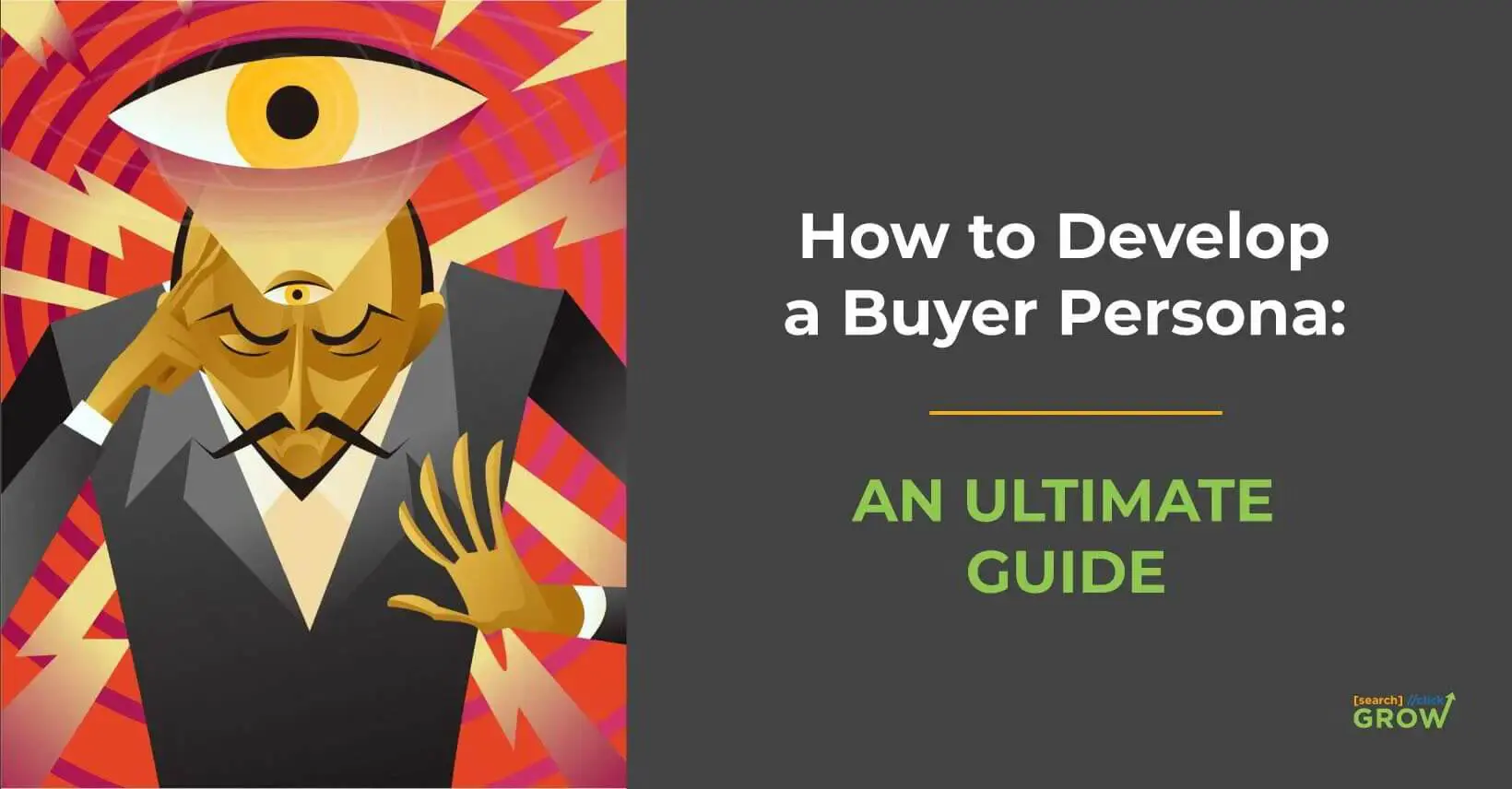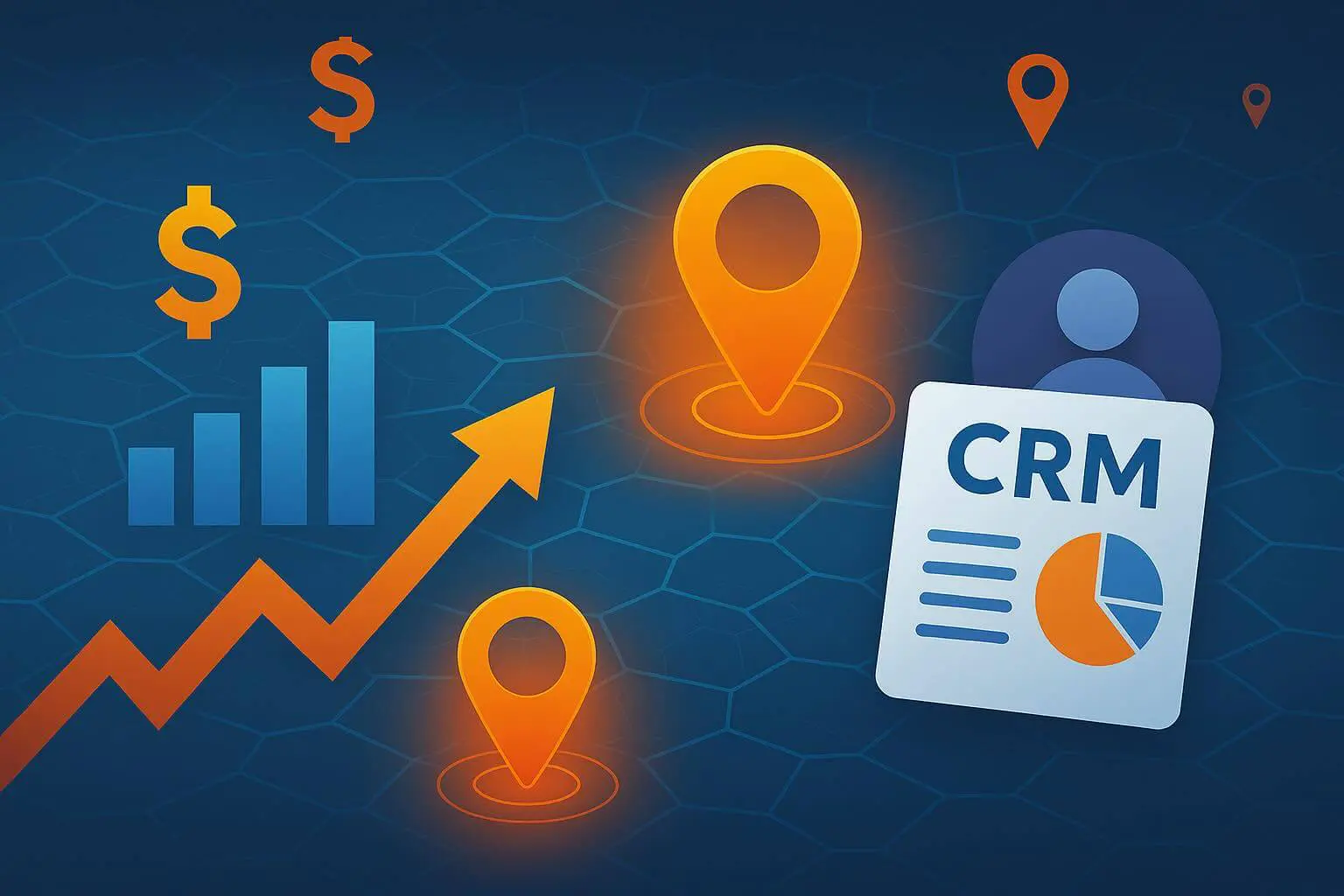
How to Develop Buyer Personas: An Ultimate Guide
Whenever you consider a buyer’s profile along with insights into their purchase behavior, you gain some clear perspective on how to earn their business.
It’s the best way to kick off your content strategy, but part of your success is how you craft buyer personas. This shows a higher understanding of your target audience, allowing you to build campaigns around what attracts your audience the most.
According to a recent study by Mark W. Schaefer, only 3 to 4 buyer personas correlate to 90% of your sales.
We’ll show you how to develop these buyer personas so that you can see higher conversions and revenue from your online campaigns.
What Is a Buyer Persona?
A buyer persona is a collection of characteristics that applies to a group of people who are more likely to engage with your advertising and buy your products.
Simply put, it’s a profile of your #1 customer and who will most likely be interested in your offer.
When you create a buyer persona, you start to tailor your marketing efforts around the hundreds of thousands of people who will match your ideal customer.
While it’s not an exact science, there are millions of targeting factors, and whether you choose Facebook’s targeting platform or go through a data storage platform, you can eventually pinpoint your audience based on the characteristics underneath each buyer persona.
Complete Guide to Developing Buyer Personas
The basis of buyer personas is simple. You want to know who you are aiming your marketing dollars at and why. How else would you sell your brand without knowing who it’s for?
When you connect with your target audience, you want them to know that your brand can meet their needs and provide solutions. If your campaign illustrates this clearly, then your prospect is more likely to take action and convert.
When learning how to develop buyer personas, the first step is to always learn more about your audience.
Here’s a step-by-step guide to creating your own buyer personas and taking your marketing strategy up a notch.
1. Start with Market Research
A buyer persona is a short term for a buyer’s “personality”.
All of the characteristics and insights that you gather about your audience will go into creating a full profile with a name and several bullet points about their demographics, interests, purchasing behavior, favorite brands, and so on.
To learn more about your customers and what they’re looking for, there are several market research tools available online, including:
- Surveys
- User polls
- Social media polls
- Site analytics (Google Analytics)
- Social media analytics (Facebook Insights, Instagram Analytics, etc)
- Market research agencies
- Typeform
- Ubersuggest
- AnswerthePublic.com
Marketer’s Tip: If you need help on how to conduct market research, we suggest working with an agency that can quickly develop these buyer personas and even create audience lists for you to upload into Facebook, Google, and other platforms that allow custom audience lists.
Research shows that personalized campaigns generate 18 times more revenue than any general broadcast campaign, so it’s worth it to spend time on market research and really nail down the characteristics of buyers who will like your products.
SurveyMonkey is probably the top market research tool at the moment because of their user base and the suggestions they offer on how to phrase questions to ensure that you get the best response.
2. Study Your Own Customer Analytics
The other top resource for information on your buyers is your own customer data if you have a CRM, but visitor analytics from your own website is also helpful.
For example, depending on your opt-in forms and how you collect customer data, you most likely can tell where your customers are from, what they purchase, when they purchase, and what products are their favorites.
If you collect information on birthdays, you may even know the age range.
You can also tell by their cart totals what their budget is typically and how they like to spend their money.
With Google Analytics installed on your site, you can also see visitor data, including site referrals, top pages, top products, page viewing time, bounce rates for different pages, devices used, browser information, and other demographics.
With Google Studio, you can also visualize the entire customer journey and isolate what pages or options give customers “friction”, leading to cart abandonment.
These are important insights that show you what your customer likes on your site, but you also start to see the metrics and key performance indicators that matter to your business.
3. List Out Your Buyer’s Characteristics
After conducting market research, you should break out a spreadsheet or divide up characteristics into different columns, depending on how many personas you can develop from your data.
Here are some of the most important characteristics to list for each persona:
Persona Name or Description
- Gives your buyer persona an identifiable personality and relates to all the attributes you’ll list underneath
Job Title
- Denotes importance, position, and essential information about their line of work
Demographics
- Age/sex
- Income
- Location
- Education level
- Marital status
- Household size
Psycographics
- Social channels
- Communication preferences
- Publications read
- Associations
- Brands they love
- Experts they follow
- Tools/software
- Activities
- Opinions
- Other
Pains and Wants (Goals and Problems)
- The main goal of this buyer persona is…
- A secondary goal of this buyer persona is…
- The primary problem you can solve
- Other challenges
- How will you help them get over these challenges and meet their goals?
Values and Objections
- Personal values of this buyer persona are…
- Common objections to purchasing your product are…
Where Do They Get Information
- Pick all that apply: Google, Facebook, Instagram, Pinterest, Twitter, forums, Reddit, Wikipedia, Amazon, etc.
Write a Quote from Your Buyer Persona
- Many companies solidify their buyer personas one step further by writing a quote about their unique challenges and needs.
Create Your Marketing Message
- Now think about what you would say to this person to make their problems go away and get around their objections. For example, they have an objection to price so they’re likely to research all related products to find the cheapest one. How would a payment plan, discount, or trial item help those budget-encumbered customers?
Now Put It Into a Pitch
- Simplify your marketing message down to exact messaging phrases that you can use to sell your brand and products to a specific buyer persona.
Buyer Persona Examples
B2C Buyer Personas
Megan, the Stay-at-Home Mom
Buyer Persona for Online Travel Agency
- Age 40
- Married with 3 kids
- Lives in Charleston, SC
- Marketing entrepreneur and small business owner
- Household income: $100k+ combined
- Problem: High mortgage keeps them on a budget so it’s hard to go on vacation
- Needs: Budget solutions for a vacation
- Likes to research products via Google, travel deal websites, and Pinterest
Personal Quote: My whole life I’ve wanted to go to Hawaii, but I’ve never been able to afford it for my whole family. We found a travel deal that included airfare and hotel on an affordable payment plan. We’re headed to Hawaii next Spring!
Adam, the Starving Busy Millennial
Buyer Persona for Meal Subscription Service
- Age 29
- Single
- Lives in Atlanta, GA
- Marketing manager
- Household income: $50k to $70k
- Problem: Never has time to eat healthy, constantly eating out and spending money on take-out
- Needs: Better, budget-friendly meals that are easy to make
- Likes to research products via Google and Reddit
Personal Quote: I’ve been spending over $500 a month on food, whether on groceries that I don’t eat or take-out that’s too expensive. Finally, I found a way to make delicious food in under 30 minutes at home for $10 a meal.
Note: Keep in mind there are business-to-consumer (B2C) and business-to-business (B2B) buyer personas. The messaging should look to solve your customer’s problems with B2C, while the messaging may change to solve a business’s problem for B2B personas, which means targeting the right decision-maker at a company and knowing their problems related to their position.
4. Create Buyer Persona Cards
Once you’ve listed out these characteristics, put them into a template or card with a name and even a photo.
You can list out all of the characteristics, as well as recent purchases (if data are known), and your marketing messages.
At the bottom of the card, write out your pitch to this customer.
Your pitch should:
- Clearly indicate your brand’s value and benefit of the product
- Appeal to their interests and budget
You can also add more details about their digital competency and where they’re most active online if it helps your campaign manager.
For example, one buyer may not use their phone outside of Facebook, so it wouldn’t be prudent to advertise to them on Google or Instagram.
Next Steps: Apply to Your Marketing Strategy
Now that you know who your buyers are and what motivates them to purchase, you have more opportunities to get conversions and improve your revenue.
With these new audience demographics, you can build custom audiences and send traffic to different landing pages that capitalize on their interests and motivations.
You may want to re-evaluate your creatives and content along your customer journey to better reflect what these buyers are looking for.
As you build out campaigns on advertising platforms like Facebook or Google, you can use these characteristics to select targeting options and create custom audiences, as well as lookalike audiences based on your own customers.
Not sure how all this works? We’re here to help.
We’ve created a coaching program that provides you with a simple, proven, and repeatable model to build and scale your business online.






